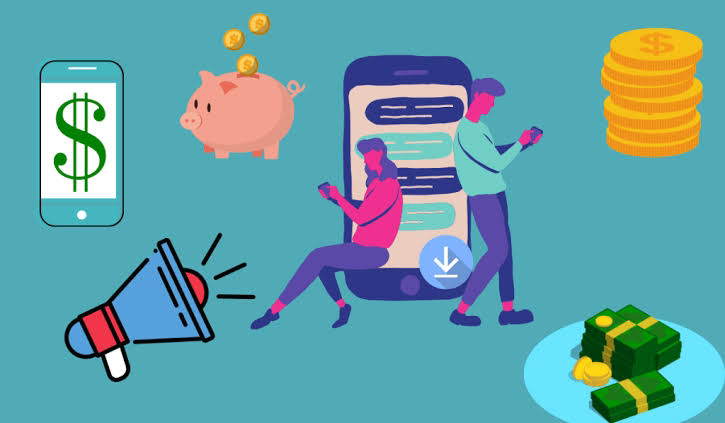In recent years, the concept of a "side hustle" has gained significant traction, and for good reason. A side hustle is an additional source of income that individuals pursue outside of their primary job. Whether it involves selling handmade crafts, offering freelance services, or starting an online business, side hustles offer a range of benefits that can significantly impact your life. Here are some of the key advantages of having a side hustle:
1. Supplemental Income
One of the most immediate benefits of a side hustle is the additional income it generates. This extra money can be used to pay off debt, build an emergency fund, save for a specific goal, or simply improve your overall financial stability. It provides a financial cushion and can reduce the stress associated with living paycheck to paycheck.
2. Diversification of Income
Relying solely on a single job for your income can be risky. A side hustle diversifies your sources of income, reducing your vulnerability to unexpected job loss or economic downturns. It's a form of risk mitigation, ensuring that you have alternative streams of revenue.
3. Skill Development
Side hustles often involve acquiring new skills or honing existing ones. Whether you're learning to market your products, manage finances, or provide services, you'll gain valuable experience that can be applied to your primary job or future endeavors. This continuous learning can boost your professional growth.
4. Pursuing Passions
Side hustles allow you to pursue your passions and interests, which might not be fulfilled by your full-time job. Whether it's starting a blog, creating art, or offering consulting services in a field you love, a side hustle can provide a sense of purpose and fulfillment.
5. Entrepreneurial Experience
Many side hustles involve aspects of entrepreneurship, such as business planning, marketing, and financial management. This experience can be a stepping stone to launching a full-time business if you ever choose to do so. It allows you to test the waters of entrepreneurship with limited risk.
6. Networking Opportunities
Side hustles often require you to network with clients, customers, and peers in your field. These connections can open doors to new opportunities, collaborations, and even lead to your side hustle becoming a full-time venture.
7. Financial Independence
A successful side hustle can gradually lead to financial independence. It can reduce your reliance on an employer and provide you with more control over your financial future. Achieving financial independence can lead to a greater sense of security and peace of mind.
8. Tax Benefits
Depending on your side hustle, you may be eligible for tax deductions on business-related expenses. These deductions can reduce your overall tax liability, resulting in more money in your pocket.
9. Creative Outlet
For many, side hustles serve as creative outlets. They allow you to express yourself, experiment with new ideas, and produce something uniquely your own. This creative freedom can be highly rewarding.
10. Personal Growth
Engaging in a side hustle often requires time management, discipline, and perseverance. These personal growth experiences can enhance your problem-solving skills, resilience, and overall character.
In conclusion, having a side hustle offers numerous benefits beyond just financial gain. It can empower you to pursue your passions, diversify your income, and provide you with valuable skills and experiences. Whether you're looking to improve your financial situation, explore your creative side, or transition into a new career, a side hustle can be a powerful tool to help you achieve your goals. It's an avenue to not only increase your earnings but also enhance your personal and professional life.

















